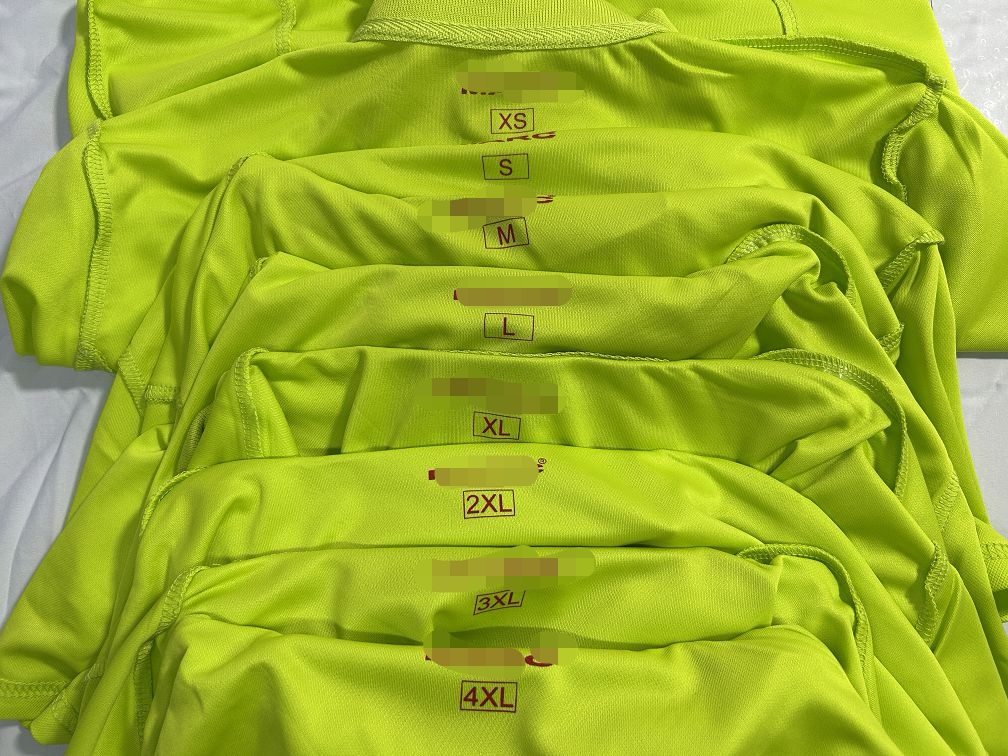Quality and Customer Satisfaction in Garment Export

Quality and Customer Satisfaction in Garment Export
Quality and Customer Satisfaction in Garment Export
Quality is fundamentally tied to customer satisfaction. Superior quality enhances the value of a product or service, builds brand reputation, and establishes a strong market presence for garment exporters. This, in turn, leads to higher consumer satisfaction, increased sales, and greater foreign exchange earnings for the country. The perceived quality of a garment is influenced by multiple factors, including design, materials, construction, and finishing. To meet customer expectations, garment exporters must prioritize quality control across all stages—pre-sales, production, post-sales, delivery, and pricing.
Introduction
In any industry, maintaining high-quality standards is essential for boosting sales and building a positive reputation among consumers and competitors. This is particularly critical for export-oriented businesses, where quality directly impacts global competitiveness. Exporters must adhere to stringent quality control standards, as their performance reflects not only their brand but also the reputation of their country. Garment exporters, in particular, play a vital role in earning foreign exchange, making quality control a non-negotiable aspect of their operations.
In the garment industry, quality control begins at the raw material sourcing stage and continues through to the final finished product. Quality is assessed based on factors such as fibre quality, yarn consistency, fabric construction, colour fastness, surface design, and the overall finish of the garment. Export quality expectations vary depending on customer segments and retail requirements.
Several factors determine the quality of a garment, including performance, reliability, durability, and visual appeal. Quality must also align with cost considerations. National and international quality standards, such as the ISO 9000 series, provide frameworks for maintaining export quality in the garment industry. Key fabric properties considered during garment manufacturing include:
Overall appearance
Correct construction
Feel and drape
Physical properties
Colour fastness
Finishing quality
Final presentation
Sourcing of Fabrics
Garment manufacturers often face challenges when sourcing fabrics, necessitating proactive measures to minimize issues. Cotton fabrics are typically sourced from handlooms, power looms, and mills, each presenting unique challenges:
Handloom Sourcing: Issues such as colour variations, missing ends/picks, irregular weaves, and unreliable supply chains are common. However, handlooms remain a key source of heavier cotton fabrics.
Power Loom Sourcing: Problems include broken ends, reed marks, uneven thickness, width inconsistencies, and cost variations.
Mill Sourcing: Mills often struggle to meet large demands, requiring long lead times. Small-scale exporters face additional challenges, as mills are reluctant to accept smaller orders.
Similar challenges exist in sourcing other fabrics, such as silk. Common issues in silk garment production include:
Shortages of imported silk yarns, leading to delivery delays.
Vulnerability to stains during manufacturing and storage, resulting in rejections.
Insufficient roll lengths of silk yarn.
Unsatisfactory colour fastness.
Warp breakage during production.
Key Guidelines for Garment Exporters
To succeed in the competitive global market, garment exporters must adhere to strict quality and operational standards. Key strategies include:
Prioritize Quality: Excuses for poor quality are unacceptable in international markets. Both new and established exporters must leverage design, technology, and quality as key differentiators.
Holistic Approach: Beyond garment quality, focus on pricing, packaging, and timely delivery.
Consistency: Ensure the final product matches the sample shown to buyers.
Reliability: Deliver on promises to build trust and avoid reputational damage.
Quality Assurance: Provide consistent quality at every stage of production.
Documentation and Labeling: Use high-standard labels and maintain proper documentation to create a positive impression.
Timely Delivery: On-time delivery is as critical as product quality.
Competitive Edge: If competitors offer better quality at similar prices, enhance your product quality to stay competitive.
Quality Standards: Establish and strictly follow quality standards before entering international markets.
Negotiation: Negotiate premium pricing by demonstrating superior quality assurance.
Quality is a multi-dimensional aspect that encompasses:
Production quality
Design quality
Procurement quality
Final inspection quality
Sales and marketing quality
Common Quality Issues in Garment Manufacturing
Garment exporters must address several quality-related challenges during production:
Sewing Defects: Open seams, incorrect stitching techniques, mismatched thread colours, skipped stitches, creasing, uneven thread tension, and raw edges.
Colour Defects: Discrepancies between final product and sample colours, incorrect accessory colours, and inconsistent dyeing.
Sizing Defects: Incorrect size gradation, mismatched measurements (e.g., XL sleeves on an L-sized garment).
Garment Defects: Faulty zippers, uneven hemming, loose buttons, raw edges, improper buttonholes, uneven parts, and inconsistent fabric colours.
Conclusion
Quality is the cornerstone of customer satisfaction. High-quality garments enhance product value, build brand reputation, and foster consumer loyalty, leading to increased sales and foreign exchange earnings. The perceived quality of a garment is the culmination of various factors, including design, materials, construction, and finishing. For garment exporters, implementing robust quality control measures—from pre-sales to post-sales services—is essential to meet customer expectations and maintain a competitive edge in the global market. By prioritizing quality, exporters can ensure long-term success and contribute to their country’s economic growth.
If you need inspection service, pls feel free to contact me as below:
Thanks and best regards,
Kelly Zhou
China Goods Focus inspection service co.,Ltd(CGF inspection)
Mobile:86-15306546882
Wechat& WhatsApp:86-15306546882
Mail: kelly@cgfiinspection.com
Skype: kellyzlj
